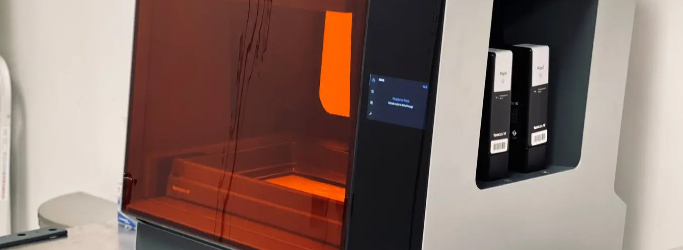Vacuum Casting.
Material Innovations Expands Production Applications.
Vacuum Casting is a copying technique used for the production of small series of functional plastic parts. Using two-component polyurethanes and silicone molds, Vacuum Casting is known for its fast production of high-quality prototypes or end-use products.
Silicone molding results in high-quality parts comparable to injection-molded components. This makes vacuum casted models especially suitable for fit and function testing, marketing purposes or a series of final parts in limited quantities. Vacuum Casting also lends itself well to a variety of finishing degrees, and we can match the finish you need for your parts.
How Does Vacuum Casting Work?
Vacuum Casting begins by producing a master model, typically using Stereolithography or Laser Sintering, with a high-quality surface finish. Then a silicone mold is produced by casting silicone around the master copy, partially under vacuum to avoid air bubbles. After curing, the silicone mold is cut according to pre-defined parting planes and the master is removed, leaving a cavity to make copies.

Advantages of Vacuum Casting.
Fast.
Low cost and quick turnaround times as compared to injection moulding/ 3D printing.
Scalability.
Parts can be manufactured in low volume from one to hundreds.
Ready-to-go.
No post processing or finishing required.
Wide range of material choice.
Parts can be made in flexible or rigid plastics.
Ideal applications for Vacuum Casting.
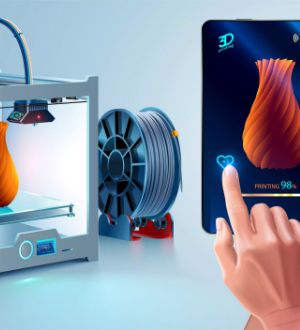
Pre-launch product testing.
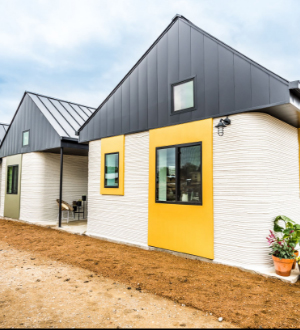
Small series of housings and covers.
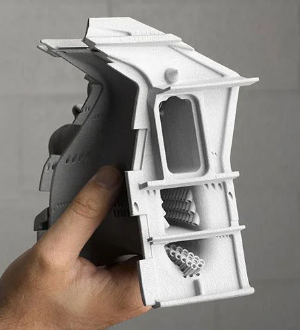
Concept models and prototypes.
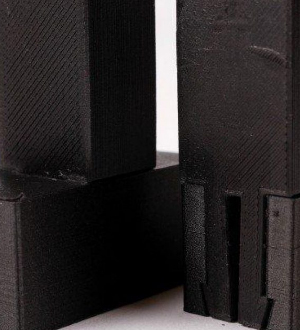
Snap fit assemblies.
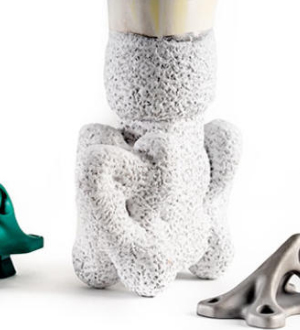
Master patterns for vacuum casting.

Durable functional prototypes.
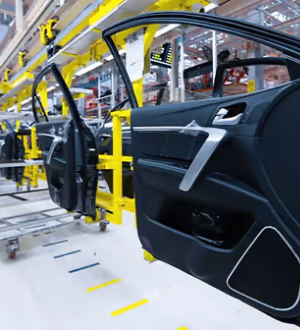
Challenging functional assemblies.
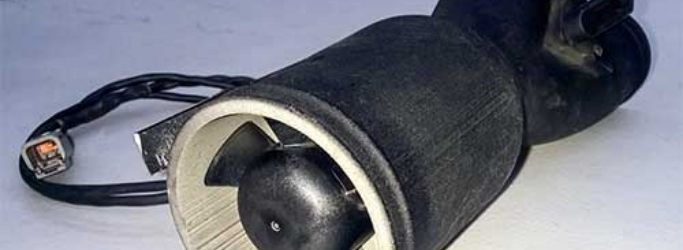
Australia's Nissan Motorsports Uses Additive Manufacturing to Rev Up Performance .

Gaining Traction with Markforged: Overmolding and Casting 3D Printed Wheels .

3D Printed Custom Part
for Housing and Shaft Sealr .
